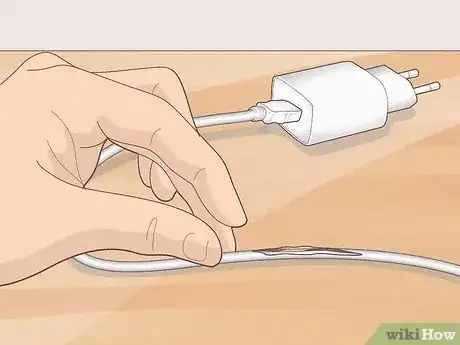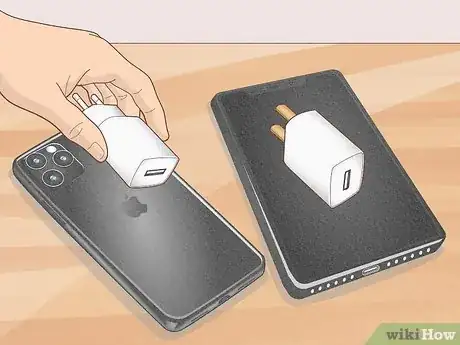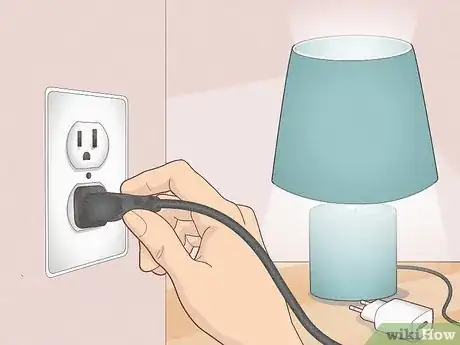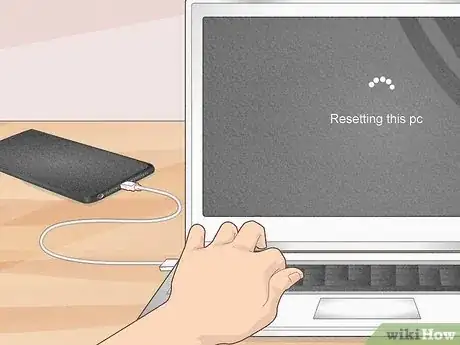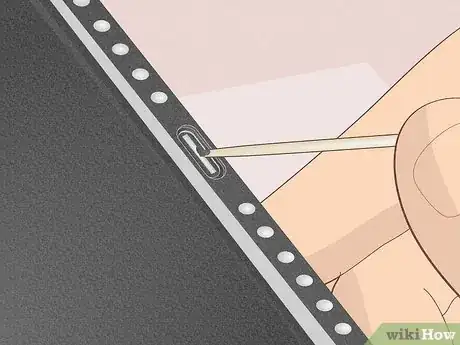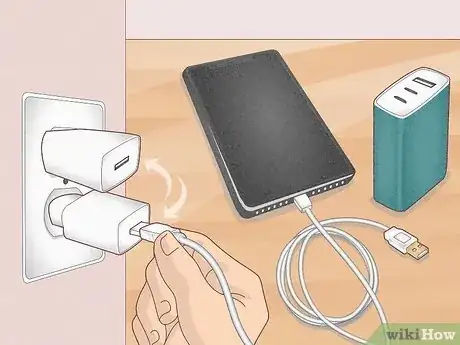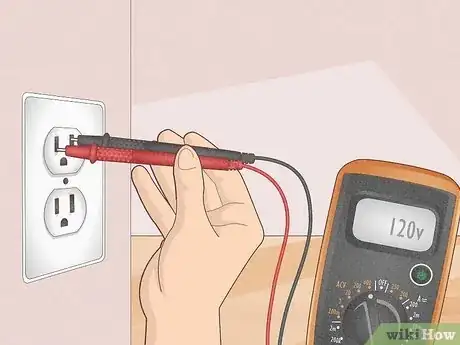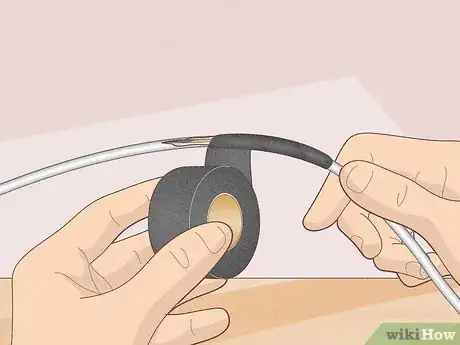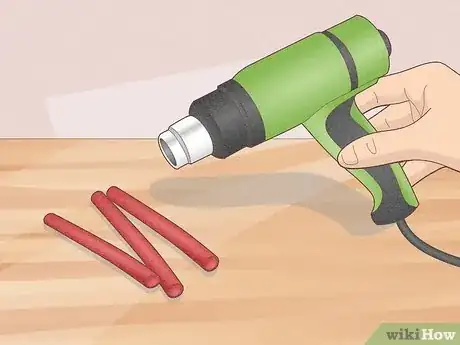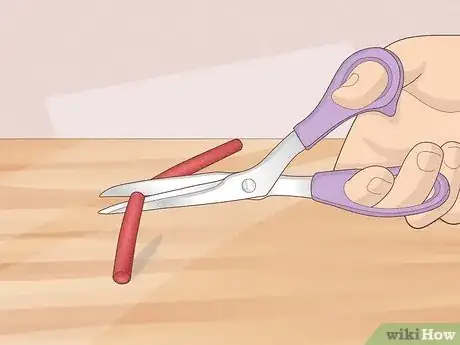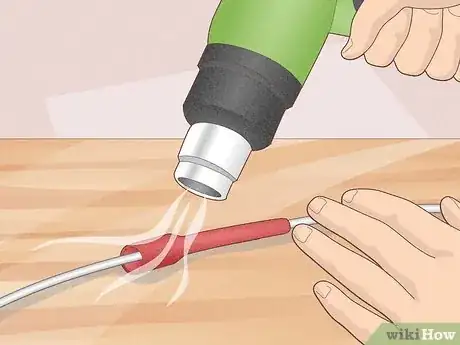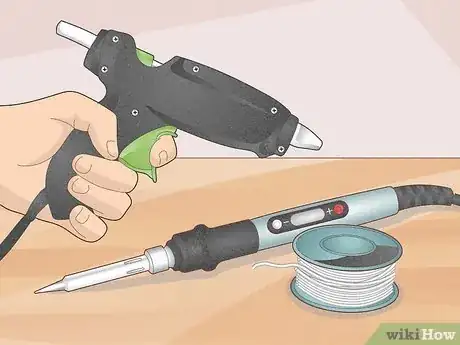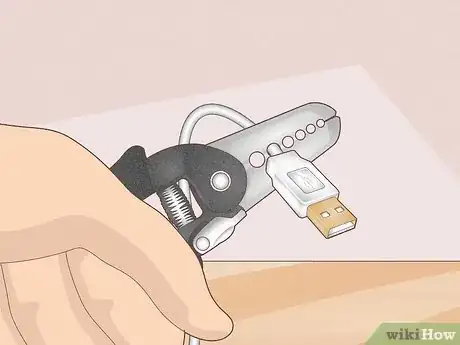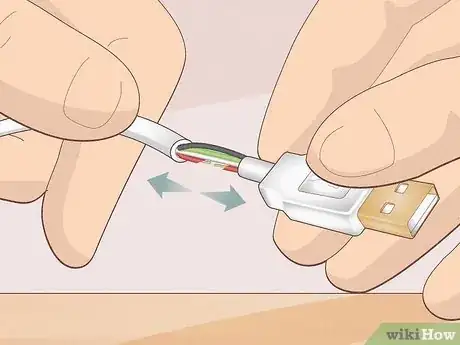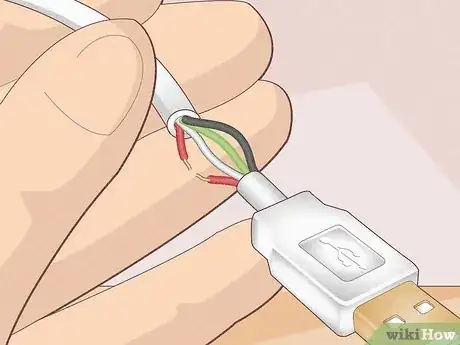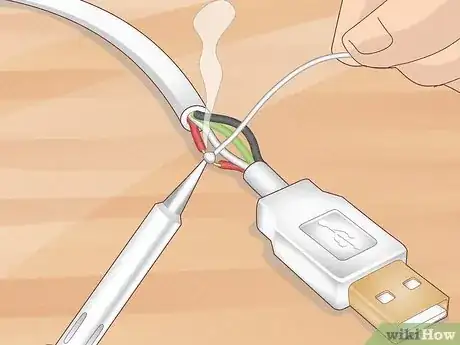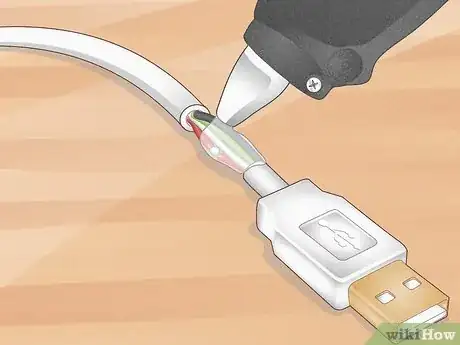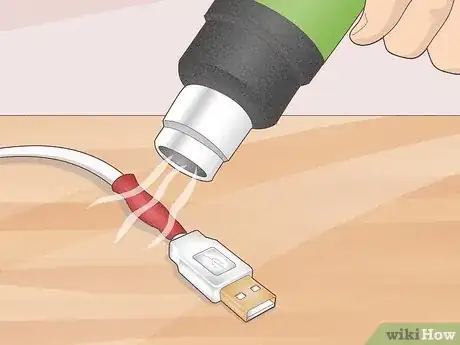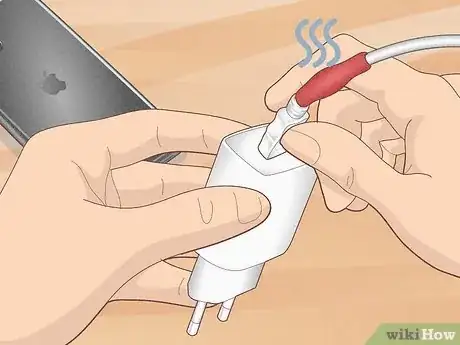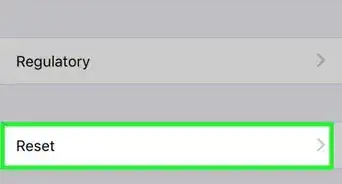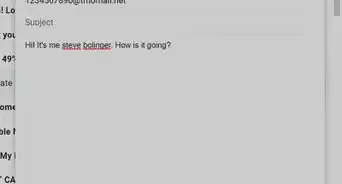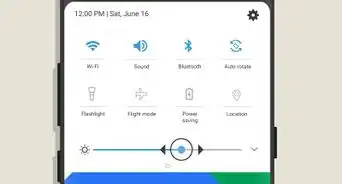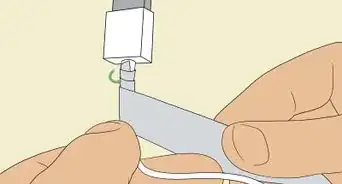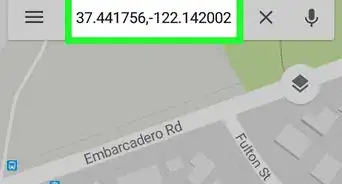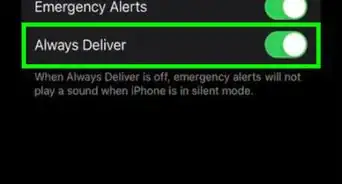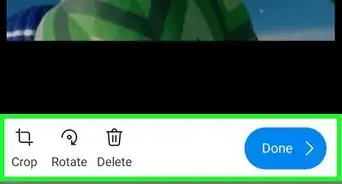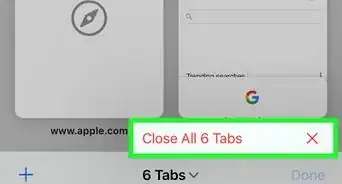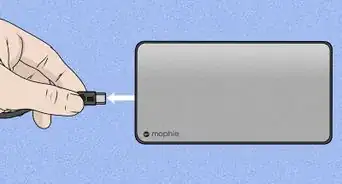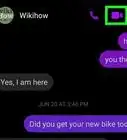This article was co-authored by wikiHow staff writer, Darlene Antonelli, MA. Darlene Antonelli is a Technology Writer and Editor for wikiHow. Darlene has experience teaching college courses, writing technology-related articles, and working hands-on in the technology field. She earned an MA in Writing from Rowan University in 2012 and wrote her thesis on online communities and the personalities curated in such communities.
This article has been viewed 2,120 times.
Learn more...
Is your charger only charging your phone if you hold it a certain way? Would you like to fix that? Luckily, there are some common fixes that you can use or, if you're comfortable with heating guns and soldering irons, you can take a stab at the more advanced solutions. This wikiHow article teaches you how to fix a broken Android or iPhone charger.
Things You Should Know
- The easiest solutions are what you should try first, like checking for any damage on the cable or trying a different outlet.
- If you see damage on the cable, you can fix it temporarily by wrapping it in electric tape.
- For more advanced solutions, use a heat gun or solder the wires to fix a cable that isn't charging.
Steps
Using a Heat Shrink Tube and Heat Gun
-
1Gather your materials. You'll need heat shrink tubes that have a 3:1 ratio as well as a heat gun.
- Be careful and make sure you purchase the appropriate 3:1 ratio. A 2:1 ratio heat shrink tube is cheaper, but it isn't strong enough for a charger. Likewise, your heat gun needs to be precise. You don't want to cast a wide burst of heat that could damage your phone or anything else.
- Use this method to repair a split or open charging cable.
-
2Cut your heat shrink tubing to the appropriate size. You'll know the size you need depending on how much of your cable is split or open.
- Make sure it's a little longer than the split since the heat-shrinking tube will shrink when heated.
-
3Hold the tube in place while you use the heat gun to shrink it into place. Make sure you're constantly rotating the cable so the tube shrinks evenly on the cable.
- You probably want to use pliers so your fingers are safely out of the way. Pliers also have rubber handles so the heat isn't transferred up the metal to you.
- When you're done, allow the charger cable to cool for a few minutes.
Using a Soldering Iron
-
1Gather your materials. To solder, you'll need a cutting tool, a soldering gun, soldering wire, and a glue gun.
- Use this method to repair a broken connection in the charger cable head (the area right below the port that you insert in your phone).
- You can use this method on Android and iPhones, but the cable colors will be a little different. Apple chargers always have red, white, green, and black wires. Android chargers may not have these colors, so soldering the correct wires can be a bit of a challenge. If you aren't confident in the wires you should solder, buy a new cable instead.
-
2Cut into the charging head gently. Use your cutting tool to cut horizontally across the middle of the head without slicing the wires inside. You'll want to rotate the cable so the cut continues all the way around.
- Take your time so you don't cut more than you need to! You don't want to cause more damage to the wires.
-
3Pull apart the two pieces to expose the inside wires. Do this gently so you don't damage the wires any more than they already are.
- If the wires are bundled together, use something small and sharp, like a push-pin to separate the wires and cut through any heat-shielding protection.
-
4Note the wire sequence. On iPhones with consistent coloring, the wires are, from left to right, red, white, green, and black. The red and black wires are responsible for transmitting power while the white and green cables transmit data.
- Since there's a problem charging your phone, you'll know that you need to fix the red or black wires.
-
5Use the soldering iron and soldering wire to reconnect any broken or split wires. You'll want to keep your fingers away from the soldering equipment, so a pair of pliers might be the answer.
-
6Insulate the wires. Use the glue gun to insulate each wire so they don't touch each other in the cable head.
- This is also meant to re-insulate the wires to protect them from heat. You can use smaller heat-shrinking tubes instead if you prefer.
-
7Re-attach the cable head back together. Use electrical tape, your glue gun, or the heat shrink tube methods from earlier to close the cut part.
-
8Allow your cable to cool before trying it. If your soldering skills didn't work, buy a new cable.[1]
